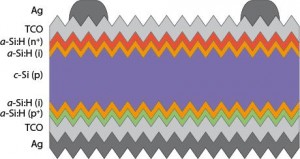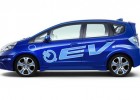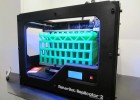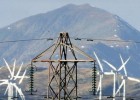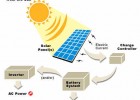Hybrid Solar Cells Sets New Record in Performance
EPFL`s Institute of Microengineering in Neuchâtel, Switzerland, has created a “hybrid” solar cell based on the technologies behind amorphous thin film and monocrystalline silicon that performs at a conversion efficiency of 21.4% – higher than any other solar cell using this type of substrate.
The École Polytechnique Fédérale de Lausanne (EPFL) is one of the two Swiss Federal Institutes of Technology. EPFL`s new invention was presented by Christophe Ballif, professor and director the PV-Lab, on the European Photovoltaic Solar Energy Conference and Exhibition in Frankfurt, Germany.
These types of hybrid technologies are called heterojunction solar cells. They are based on traditional silicon wafers, but enhanced using a tiny layer of amorphous thin film on each of the sides, which results in a higher performing solar cell than each of the technologies on their own.
Antoine Descoeudres, Stephaan DeWolf and their colleagues at EPFL managed to optimize the new heterojunction solar cell by improving the process of how the amorphous silicon is applied to the surface of the monocrystalline cell.
Compared to solar cells that are purely based on monocrystalline silicon, EPFL`s hybrid solar cell perform 2-3 percent better, which in the solar industry can prove to be a very significant boost in the long run.
Brining the new technology to the market will not happen overnight. It will likely be several years before homeowners have the option to put hybrid solar panels on their roof. The research team is in the process of having their innovation published in IEEE Journal of Photovoltaics.
“Within three to five years, we expect to reach a production cost of $100 per square meter of sensors, estimates Stefaan DeWolf. In Switzerland, with the conversion efficiency achieved, such a surface will be able to produce between 200 and 300 kWh of electricity per year. ”
Only time will tell if EPFL`s new solar cell technology will ever become successful, and if it will bring down solar panels cost once put on the market.

